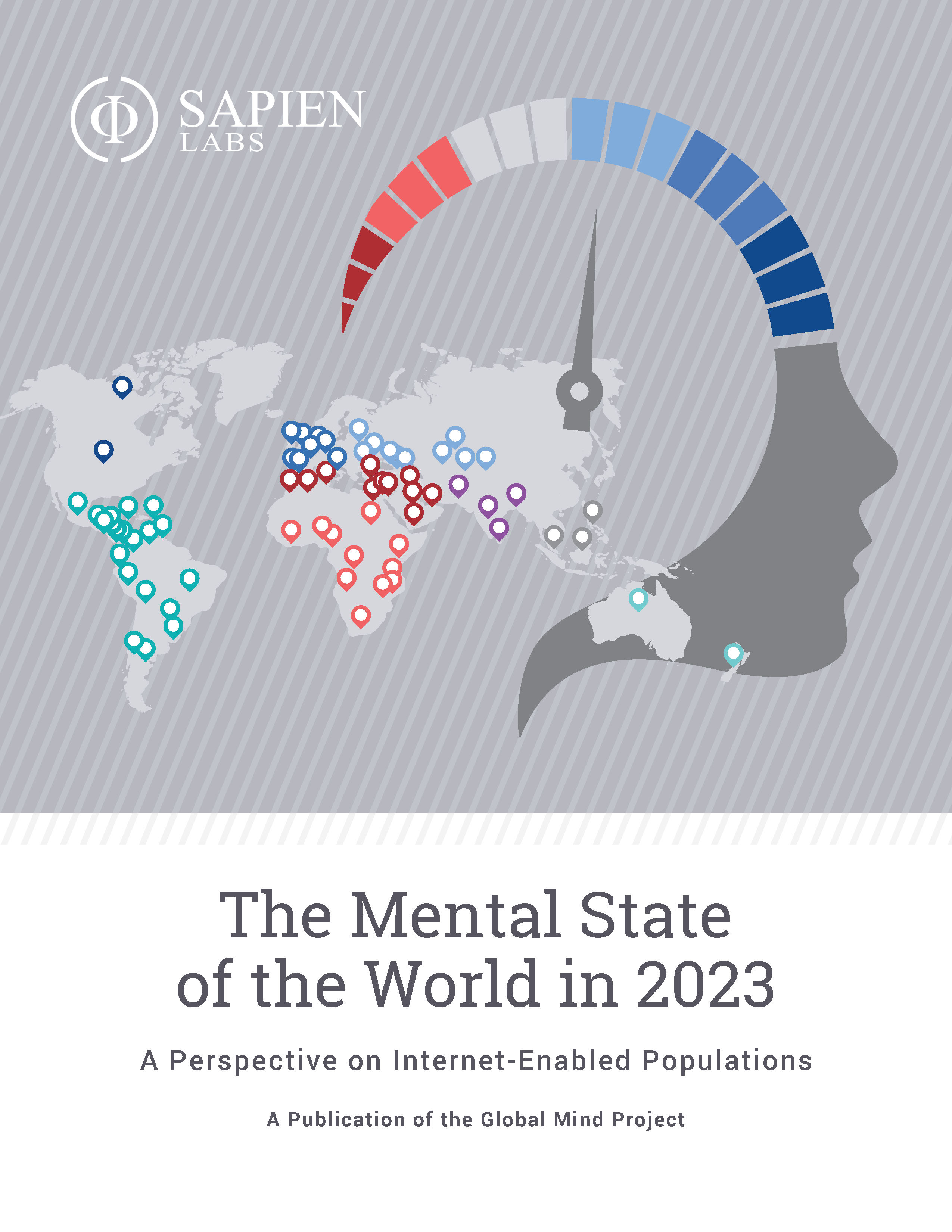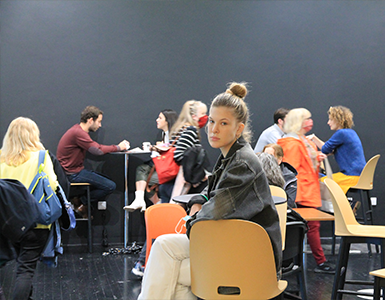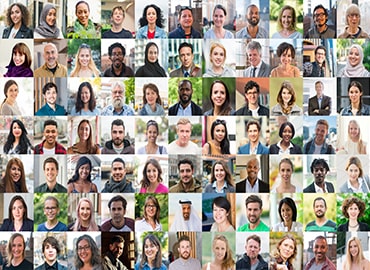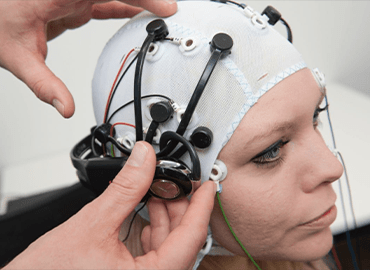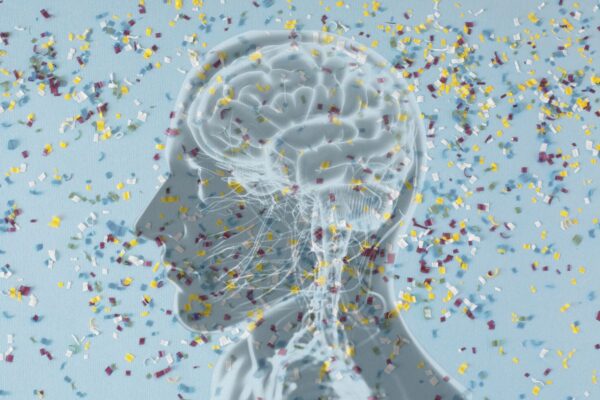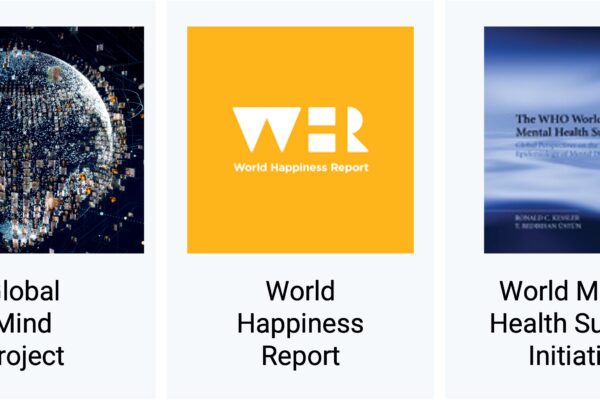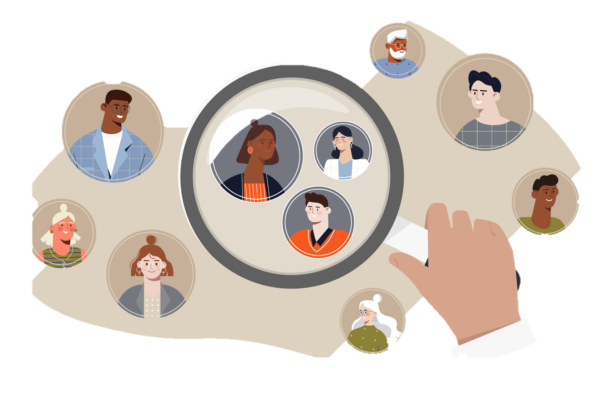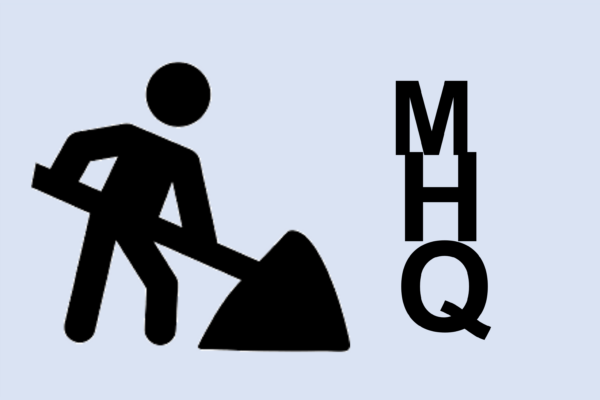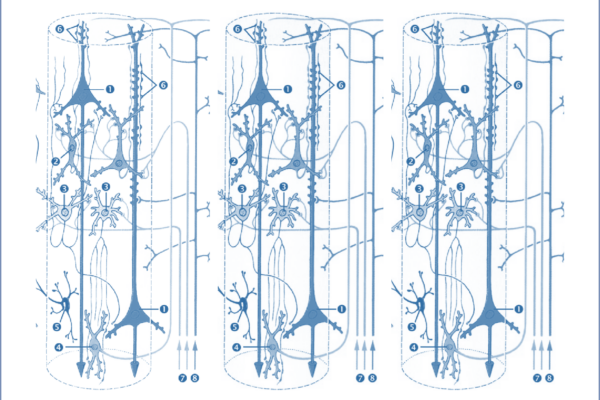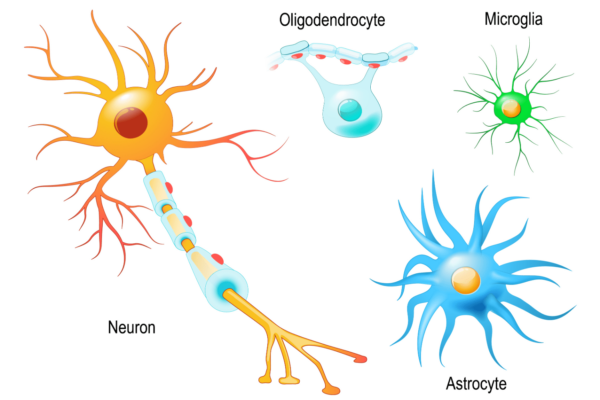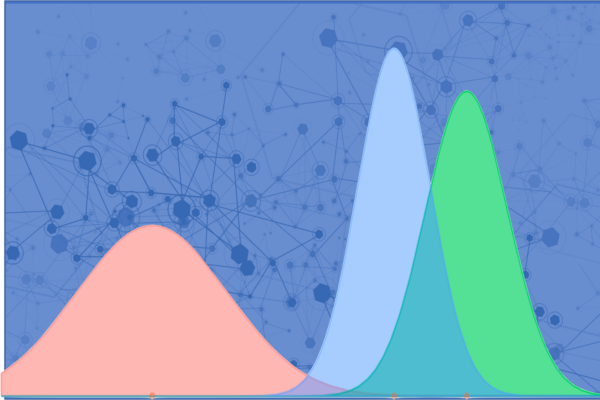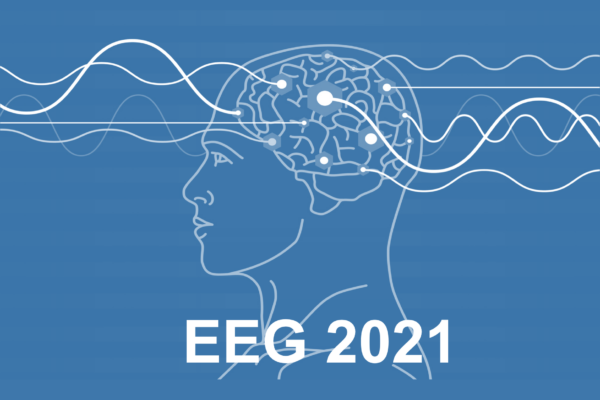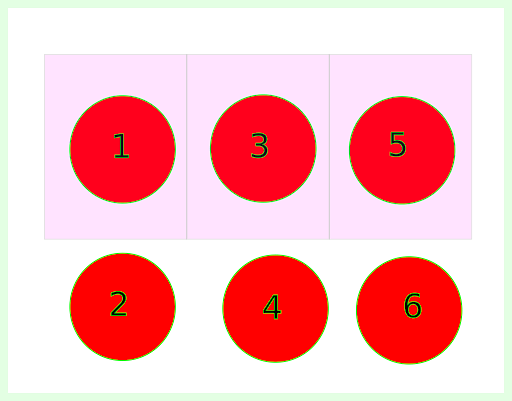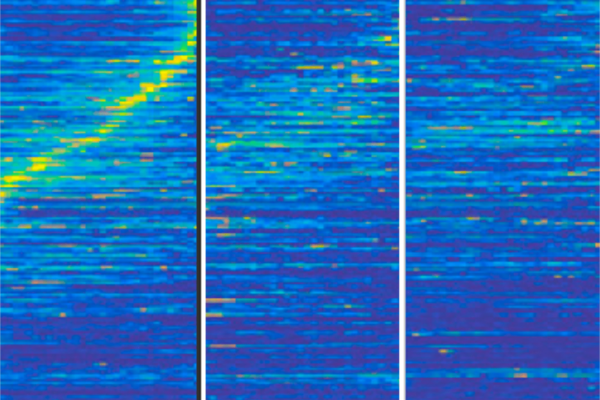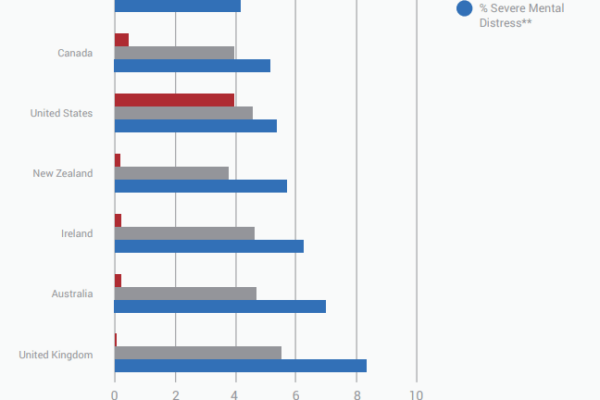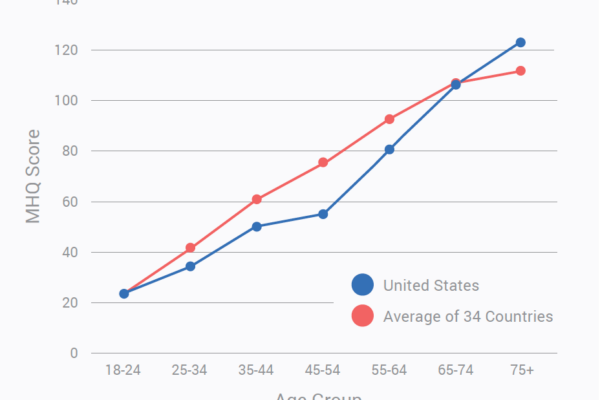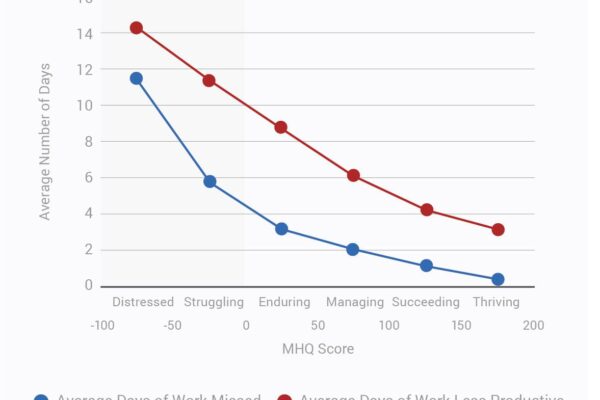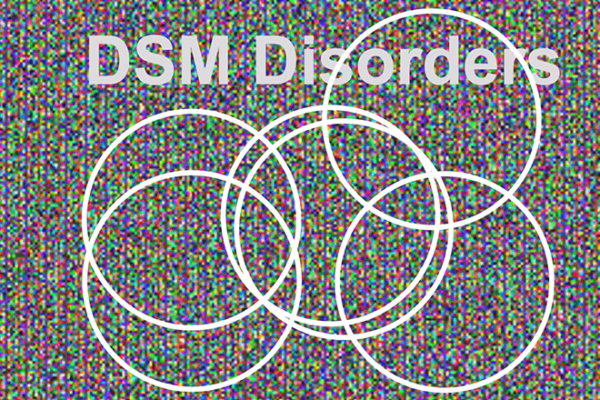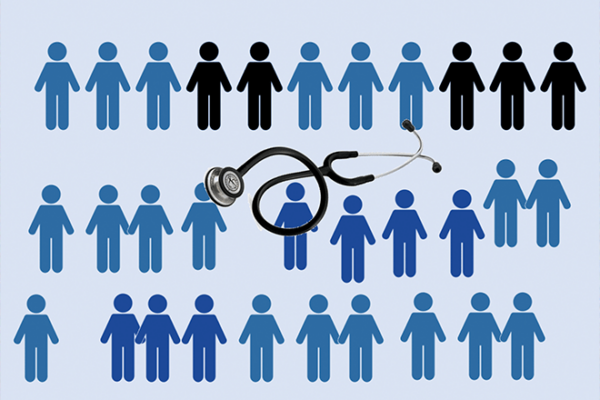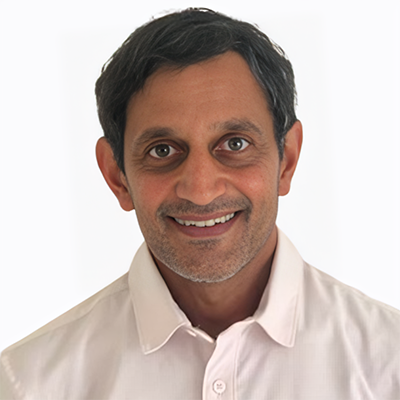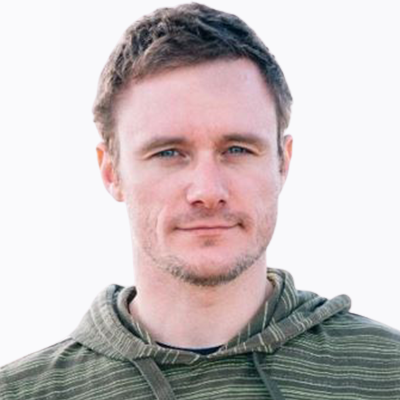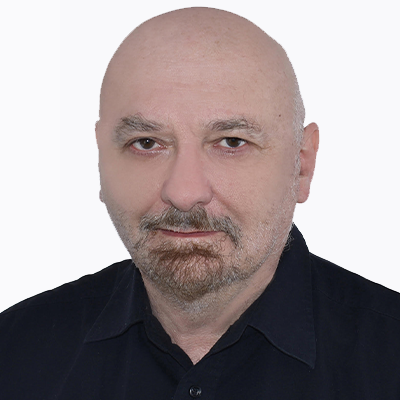
Our rapidly changing environment is profoundly altering our brains and minds
What does it mean for the future of society? How can we manage the risks?
WE ARE IN THE MIDST OF A CRISIS
Our mental health and wellbeing is declining with each younger generation. This is a new phenomenon that has emerged in the past two decades and is more prominent in developed countries.
With an unparalleled global data acquisition and analytical infrastructure Sapien labs is at the forefront of tracking this decline, identifying its root causes and accelerating the path from data to insights to real-world action.
Mental Wellbeing:the ability to navigate life’s challenges and function productively, encompassing all of our mental capabilities; emotional, relational, cognitive and physical
Read more
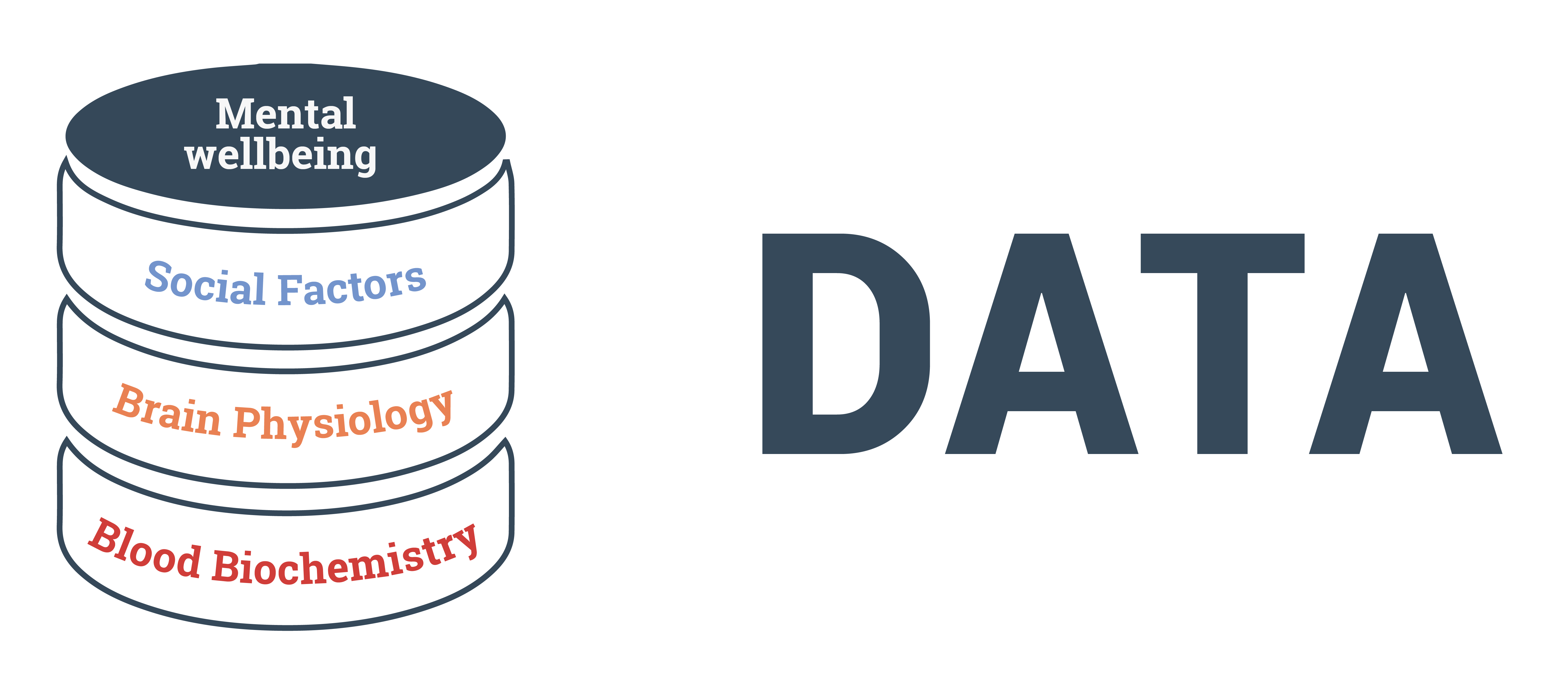

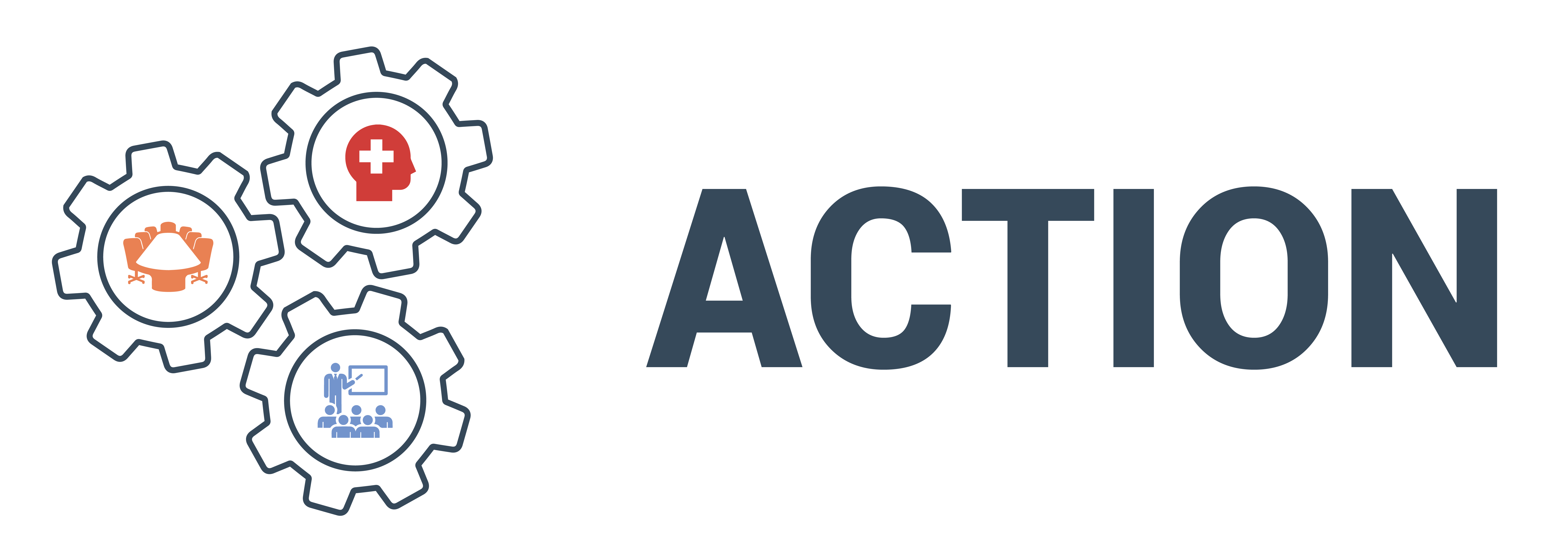
GLOBAL MIND PROJECT
The Global Mind Project is the world’s largest and most comprehensive ongoing global survey of mind tracking our mental health and wellbeing. It uses a tool called the MHQ to collect data from internet-enabled populations around the world.
Learn more
Latest Research Reports
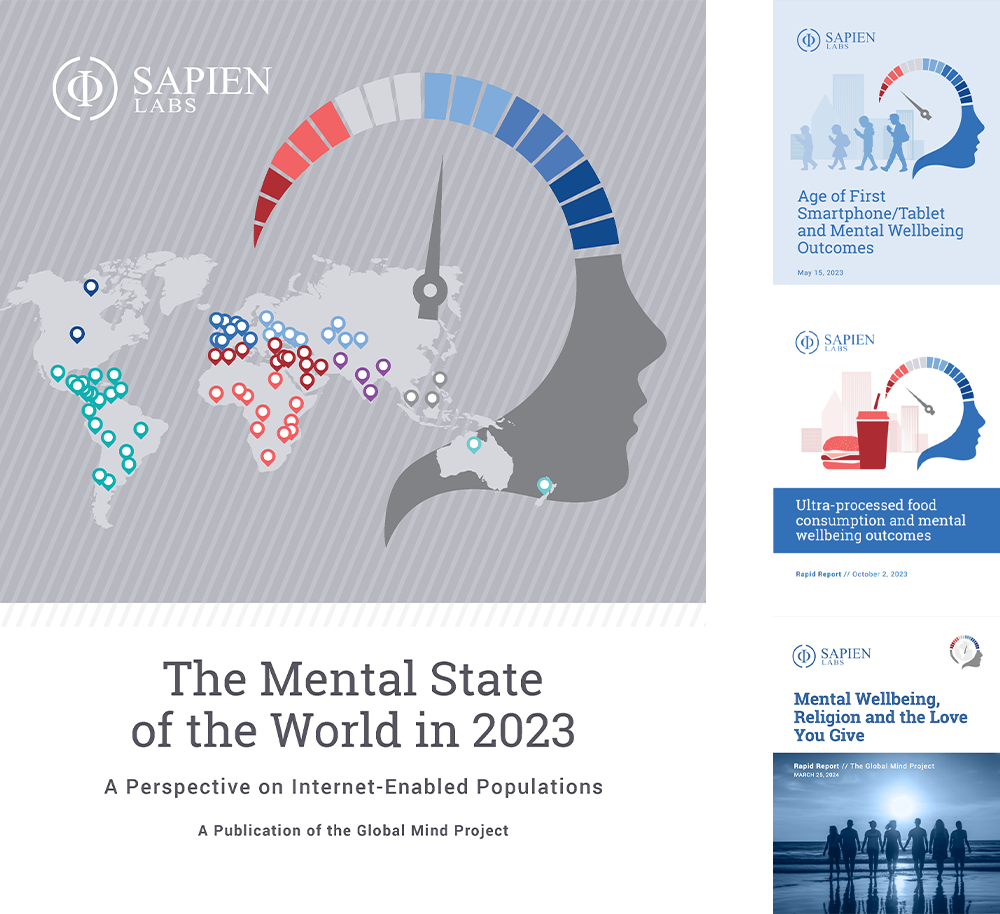






CENTERS FOR HUMAN BRAIN AND MIND
Embedded within Universities, the Sapien Labs Centres for Human Brain and Mind run ongoing programs for large-scale acquisition of brain EEG, biochemistry and mind health survey data to understand how changing social, cultural, environmental and technological factors impact brain physiology and mind health.
Learn more
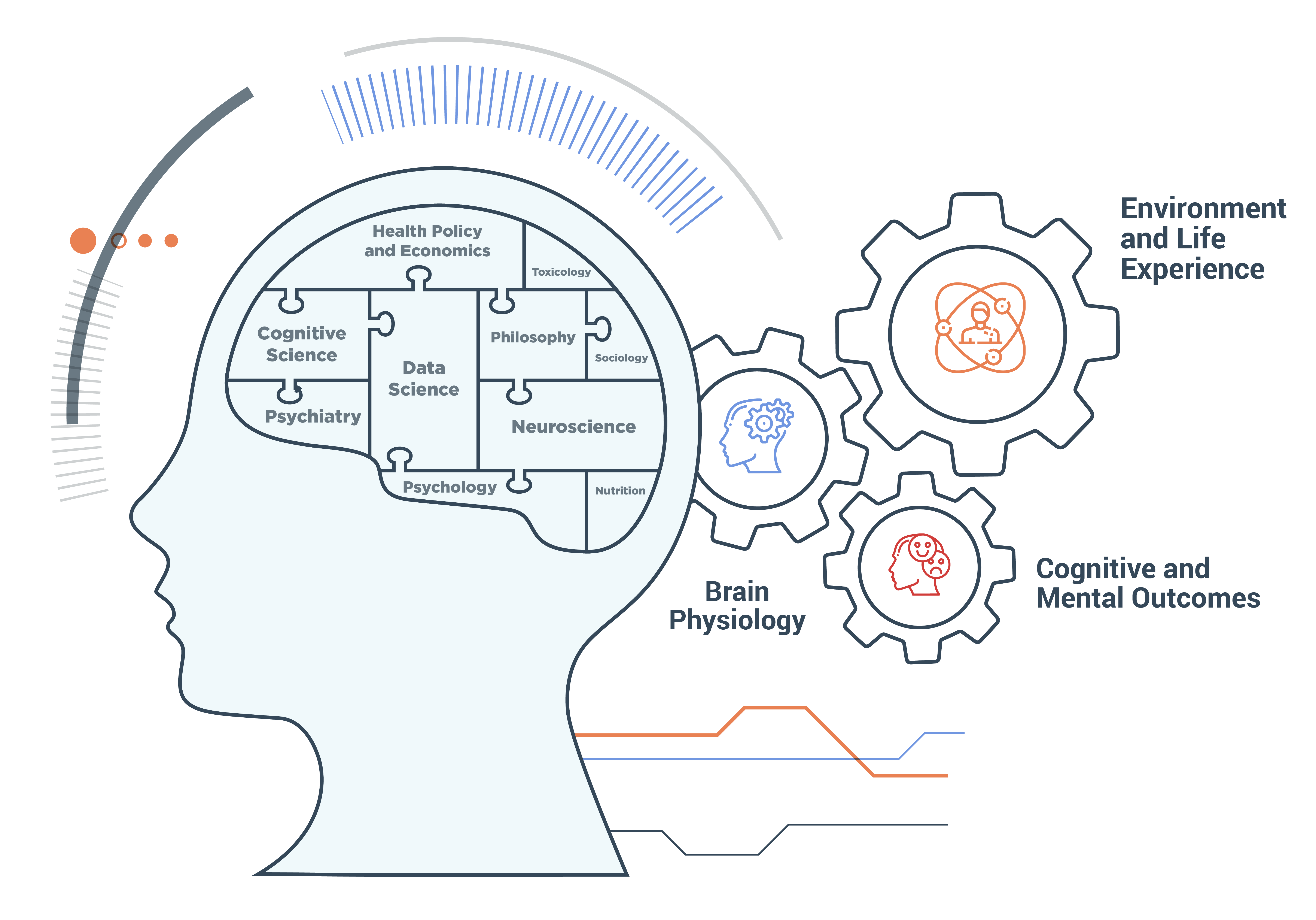
LATEST RESEARCH
Lab Talk
Part journal club, part musing, we blog here about interesting and open questions in human neuroscience as well as new tools and approaches to research.
Carousel title
There are plastics lodged in the human brain. How do they get there, and what are they doing?
One of the major changes in our environment over the last two decades has been the huge increase in...
A comparison of measures and methodologies of the Global Mind Project, World Mental Health Survey Initiative & World Happiness Report
Tracking and understanding the mental state of populations around the world is important for...
Representativeness of the Global Mind Project Data
Self-report survey has been one of the main tools in the study of human populations in matters of...
Understanding the Construction of the MHQ Score
Here we explain how and why the MHQ scale is constructed including addressing common questions such...
EEG Approaches to Measuring Depth of Anesthesia
What are the common approaches to measuring depth of anesthesia in clinical application and how do...
Bayesian Model Selection For DCM Using EEG
How do you compare and select the best Bayesian model in Dynamic Causal Modeling or DCM of EEG...
Dynamic Causal Modelling (DCM): DCM – Neural Mass Models and Bayesian Inference
This post discusses the core components of neural mass models and Bayesian inference in DCM applied...
Glia As Key Players in Network Activity and Plasticity
After decades of being ignored, the important role of glia in shaping network activity and behavior...
Dynamic Causal Modeling and the Application of Bayes Theorem
Dynamic Causal Modeling (DCM) takes a probabilistic Bayesian framework to infer effective or causal...
Perspectives on the Future of EEG from EEG2021
Where is the future of EEG? The EEG 2021 Symposium held last week discussed various aspects of the...
A Primer on Bayes Theorem (for Neuroimaging)
A Bayesian framework, one that works with conditional probabilities, has numerous applications in...
Drifting Neuronal Representations of Function
Neurons do not stably participate in the representation of tasks and behaviors. Called...
Mentalog
Mentalog is our blog on mental wellbeing. How to interpret your own, understand it in a population context and how to measure and manage it within organizations.
Carousel title
What is Mental Wellbeing?
At Sapien Labs, we track our evolving mental wellbeing and explore the factors that explain it....
What matters most when it comes to predicting and preventing mental distress?
Data from the Global Mind Project shows that mental wellbeing is declining with each successively...
Is symptom-based diagnosis of mental health disorders doing more harm than good?
We need to abandon the conventional way of diagnosing mental health disorders by symptoms and...
Gender Gaps in Mental Wellbeing
Nonbinary adults face challenges to mental wellbeing, research shows. The American Psychiatric...
Is Mental Health Behind the Outsized Level of Firearm Deaths in the United States? The Data Says Not.
Our recent presented findings from our survey on mental wellbeing and firearm deaths due to...
MHQ as a Measurement of Function
Our mental health doesn’t exist in a vacuum. Anyone who has snapped at an unsuspecting family...
Characterizing the Decline in Mental Wellbeing of Younger Generations
The symptoms of decline suggest not just changes in Mood & Outlook but a fundamental breakdown...
Building a mentally healthy and resilient organization in 2022
As we start the new year, many of us are making resolutions around losing weight, getting stronger,...
DSM Criteria for Mental Health Disorders Are No Better than Random
The DSM has defined psychiatry for 60 years. Yet its symptom based criteria for defining...
The Public Don’t Think Science Can Solve Mental Health Challenges
The Wellcome Global Monitor Report for 2020 highlights the perceived importance of mental health...
The Continuum of Mental Health Distress in the Global Population
The level of mental health distress in the global population is a continuum both in number of...

